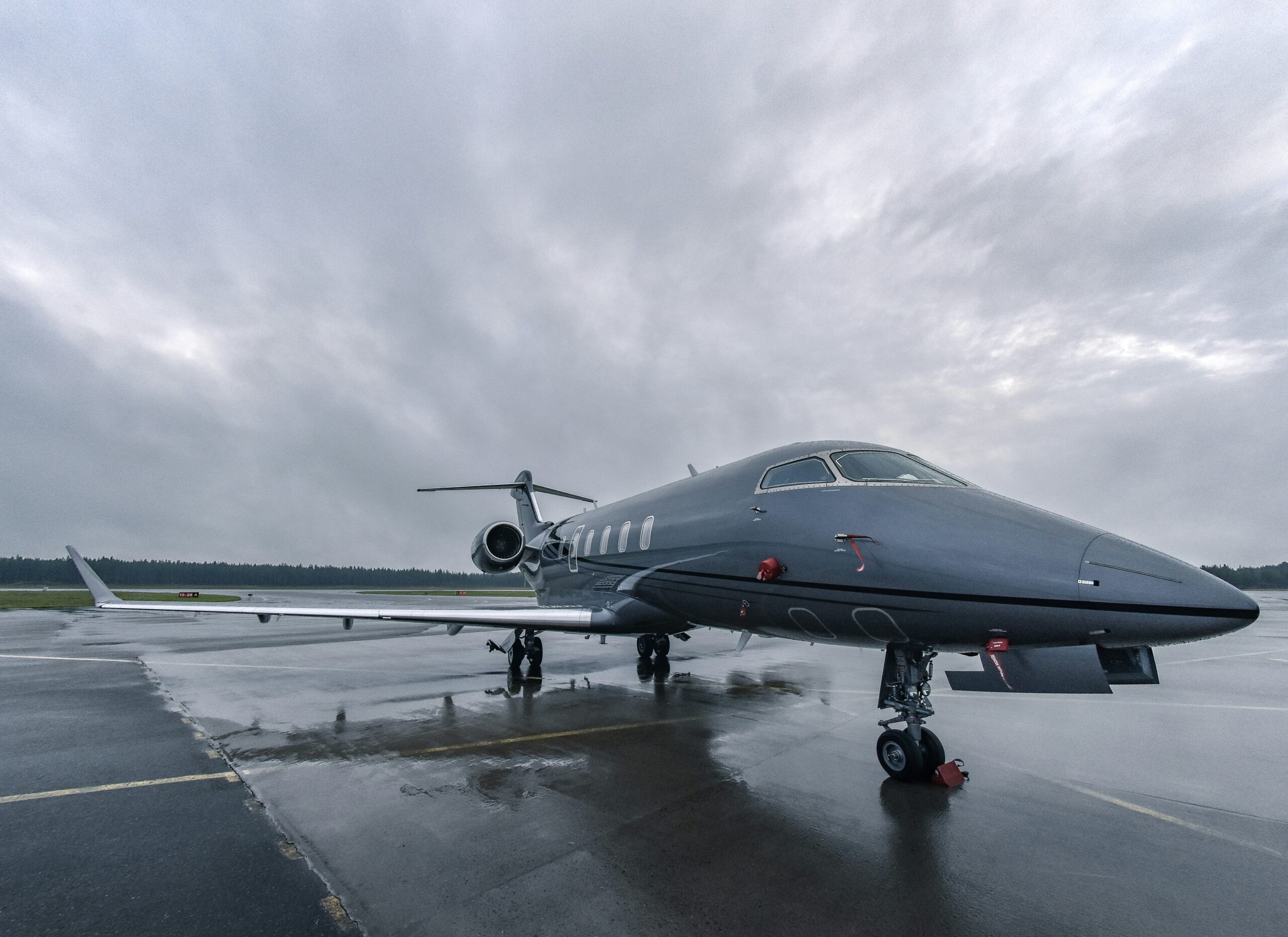
In the complex tapestry of global economies, business aviation emerges as a facilitator of individual corporate success and a significant economic engine. From creating jobs to enabling quick and efficient business travel, the impact of this industry extends far beyond luxury travel. This article delves into the profound effects business aviation has on global economies, illustrating how it contributes to economic development, fosters business growth, and drives regional connectivity.
How Business Aviation Is Impacting Global Economies
1. Boosting Economic Growth
Business aviation contributes to economic growth, creating direct and indirect employment opportunities across various sectors. The industry employs pilots, flight attendants, and airport staff and supports a broader ecosystem, including aircraft manufacturing, maintenance, and service industries. Each private flight contributes to the local economy by utilizing airport services, fuel, catering, and other supplies. According to the National Business Aviation Association (NBAA), business aviation contributes over $150 billion annually to the U.S. economic output and supports more than 1.1 million jobs.
2. Enhancing Business Efficiency and Productivity
The availability of business aviation services enables companies to manage their time more efficiently than relying solely on commercial aviation. Executives can visit multiple cities daily, respond quickly to market opportunities, and reduce travel-related downtime. This agility allows businesses to maintain closer relationships with clients and suppliers, manage their operations more effectively, and make timely decisions that could affect their market standing. In essence, business aviation is a productivity tool that helps companies maximize their most valuable asset—time.
3. Promoting Connectivity and Regional Development
Business aviation is crucial in connecting regions that lack sufficient commercial airline service. By providing access to smaller regional airports, business jets make it feasible for companies to operate in less accessible areas. This connectivity promotes regional economic development by attracting investments that create jobs, enhance the local infrastructure, and boost other sectors, such as tourism and real estate. In many cases, the presence of business aviation services makes it viable for corporations to maintain headquarters or offices in rural or remote areas, spreading economic benefits beyond major metropolitan hubs.
4. Supporting International Business Operations
For multinational corporations, business aviation is an essential component of global operations. These companies rely on private aircraft to transport executives and teams worldwide swiftly and securely. The ability to travel directly between countries, often bypassing crowded major airports and avoiding lengthy layovers, facilitates faster international expansion and efficient global operations. This mobility is particularly crucial in today’s economy, where speed and the ability to act across borders can provide significant competitive advantages.
5. Driving Innovations in Technology and Sustainability
The business aviation sector is at the forefront of adopting and developing new technologies, including advanced aircraft designs, sustainable fuels, and more efficient flight operations. Investments in these areas lead to improvements within the industry and contribute to the broader aviation market’s evolution. For example, the push towards reducing carbon footprints has accelerated the development of sustainable aviation fuels (SAF) and innovative propulsion systems like electric and hybrid engines, which could eventually benefit commercial aviation and reduce the overall environmental impact of air travel.
6. Facilitating Emergency Responses and Humanitarian Efforts
Business aviation often plays a critical role in emergency response and humanitarian efforts. In natural disasters or crises, private aircraft are among the first to deliver aid, rescue personnel, and medical supplies to affected areas. The ability to operate independently of commercial flight schedules and access more remote or damaged airstrips makes business aviation a vital resource in disaster relief operations, indirectly supporting economic stability and recovery in regions affected by emergencies.
Economic Implications of Business Aviation
The Ripple Effect on Local Economies
Every flight a business aircraft takes supports local businesses and fuels economic activity at the destination. This includes aviation-related activities, hotel restaurants, car rentals, and other services traveling executives and crew use. The economic ripple effect can be profound, especially in smaller communities where such spending represents a significant financial input.
The Future Economic Impact
As global business becomes increasingly interconnected, the role of business aviation in supporting economic activity is likely to grow. Innovations in aircraft technology, operational efficiency, and sustainability will help mitigate environmental concerns and make business aviation an even more integral part of the global economic infrastructure.
A Catalyst for Economic Prosperity
Business aviation is more than a luxury or a convenience; it is a critical driver of global economic activity. By enhancing connectivity, increasing efficiency, and supporting international business operations. Business aviation impacts the economies at a macro level and transforms local markets. As the world economy continues to evolve, the strategic importance of business aviation in fostering global economic prosperity becomes increasingly apparent.